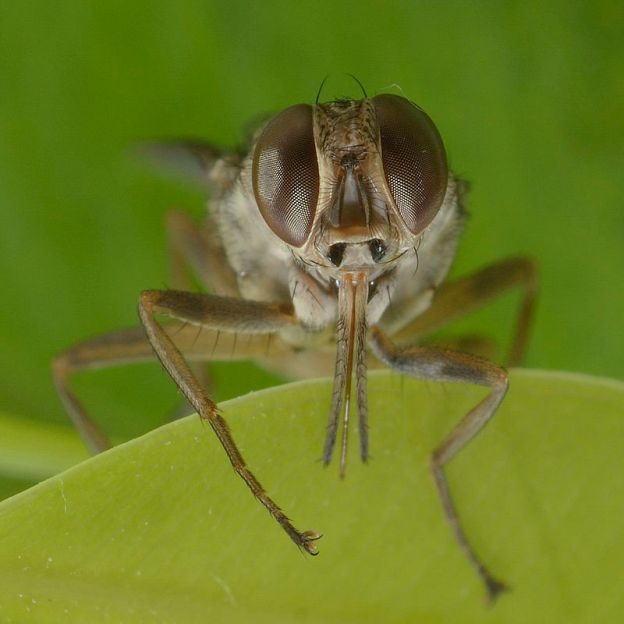With 19% of the world’s population but only 7% of its arable land, China is in a bind: how to feed its growing and increasingly affluent population while protecting its natural resources. The country’s agricultural scientists have made growing use of nuclear and isotopic techniques in crop production over the last decades. In cooperation with the IAEA and the Food and Agriculture Organization of the United Nations (FAO), they are now helping experts from Asia and beyond in the development of new crop varieties, using irradiation.
While in many countries, nuclear research in agriculture is carried out by nuclear agencies that work independently from the country’s agriculture research establishment, in China the use of nuclear techniques in agriculture is integrated into the work of the Chinese Academy of Agricultural Sciences (CAAS) and provincial academies of agricultural sciences. This ensures that the findings are put to use immediately.
And indeed, the second most widely used wheat mutant variety in China, Luyuan 502, was developed by CAAS’s Institute of Crop Sciences and the Institute of Shandong Academy of Agricultural Sciences, using space-induced mutation breeding. It has a yield that is 11% higher than the traditional variety and is also more tolerant to drought and main diseases. It has been planted on over 3.6 million hectares – almost as large as Switzerland. It is one of 11 wheat varieties developed for improved salt and drought tolerance, grain quality and yield.
Through close cooperation with the IAEA and FAO, China has released over 1,000 mutant crop varieties in the past 60 years, and varieties developed in China account for a fourth of mutants listed currently in the IAEA/FAO’s database of mutant varieties produced worldwide.
The Institute uses heavy ion beam accelerators, cosmic rays and gamma rays along with chemicals to induce mutations in a wide variety of crops, including wheat, rice, maize, soybean and vegetables….Indonesia’s nuclear agency, BATAN, and CAAS are looking for ways to collaborate on plant mutation breeding
Space-induced mutation breeding
Irradiation causes mutation, which generates random genetic variations, resulting in mutant plants with new and useful traits. Mutation breeding does not involve gene transformation, but rather uses a plant’s own genetic components and mimics the natural process of spontaneous mutation, the motor of evolution. By using radiation, scientists can significantly shorten the time it takes to breed new and improved plant varieties.
Space-induced mutation breeding, also called space mutagenesis, involves taking the seeds to space, where cosmic rays are stronger, and these rays are used to induce mutation. Satellites, space shuttles and high-altitude balloons are used to carry out the experiments. One advantage of this method is that the risk of damaging the plants are lower than when using gamma irradiation on earth.
Excerpts from How Nuclear Techniques Help Feed China, IAEA, Apr. 4, 2019







